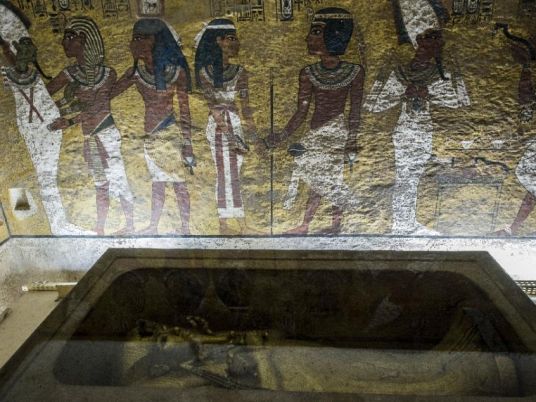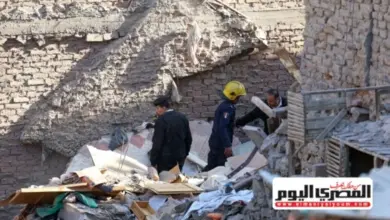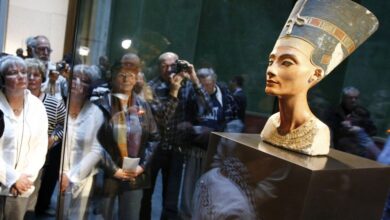
The Egyptian Ministry of Tourism and Antiquities denied reports from foreign websites claiming that King Tutankhamun’s tomb on the West Bank of Luxor is at risk of collapse due to cracks in its walls and high humidity, which threatens the frescoes with corrosion.
In a statement issued by the ministry, the Secretary-General of the Supreme Council of Antiquities Mohamed Ismail Khaled, assured that the tomb is in good condition and is not at risk of any threat to its structural or mural integrity.
The council is conducting regular monitoring of the tomb’s condition, in cooperation with the Getty Conservation Institute, the primary partner in the project to preserve and maintain King Tutankhamun’s tomb, along with other international conservation partners, Khaled explained.
Scientific examinations and recent studies conducted by the institute have proven that no further deterioration has occurred in the tomb since its discovery in November 1922, and any cracks appearing on the walls have been unchanged for more than a hundred years.
Khaled pointed out that the report issued by the Paul Getty Institute on this subject clarified that these reports were based on a research paper built on inaccurate assumptions and exaggerated conclusions, likely resulting from misinterpretation of data, a lack of information, or confusion between King Tutankhamun’s tomb and another tomb.
He emphasized that the tomb has undergone comprehensive restoration and maintenance according to the highest international standards and is constantly under the supervision of experts from the Getty Institute’s Conservation Center.
It is now considered one of the best-preserved tombs in the Valley of the Kings, Khaled added.




